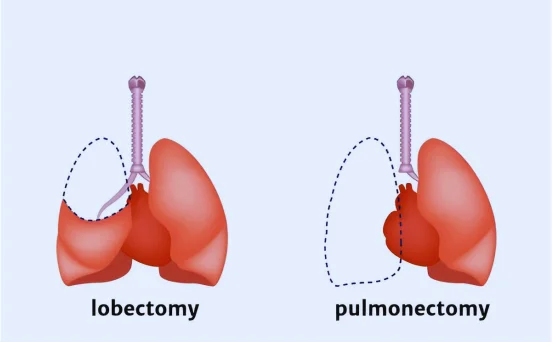Teeth whitening has become one of the most common cosmetic dental treatments in the world. The demand for a whiter smile continues to grow, whether it’s through professional whitening in clinics or over-the counter solutions. Many people experience mild discomfort or temporary sensitivity after teeth whitening. It is important to understand of Symptoms for teeth whitening and their causes.
What Symptoms Can Occur Following Teeth Whitening Treatment?
When done correctly, teeth whitening can be a safe procedure. Bleaching agents such as hydrogen or carbamide peroxide are used to remove stains. These chemicals can irritate nerves in the teeth or gum tissue.
The main reasons for post-whitening symptoms:
- Tooth Sensitivity – Whitening agents can cause tooth sensitivity by exposing the dentin beneath the enamel.
- Gum irritation: The whitening gel may irritate the gum tissue or cause it to burn.
- Use of whitening products incorrectly or in excess can have adverse effects.
- Sensitivity can be caused by underlying dental conditions such as cavities, gum disease or worn enamel.
Common Symptoms after Teeth Whitening
Here are some of the most common symptoms reported after a bleaching session:
Tooth Sensitivity
- Sensitivity of the teeth is a common, temporary side effect. It usually occurs in the first 24 to 72 hours following treatment. Patients may experience discomfort after consuming cold, hot, sweet or acidic food and drinks.
- The whitening agents penetrate the enamel to remove surface stains. They can also temporarily expose dentin which contains tiny tubules leading to the nerve endings of the tooth.
Tip: For a few weeks before and after the treatment, use a desensitizing paste like Sensodyne.
Gum Inflammation or Irritation
- This can cause a burning sensation, redness or even white patches. It is usually due to incorrect application, particularly in home kits.
- Why does it happen? Hydrogen peroxide has a strong bleaching effect. It can cause irritation to soft tissues if it is not contained properly by trays or barriers.
If you experience gum irritation, rinse your mouth thoroughly. Avoid acidic foods. Seek dental advice if it persists.
Dry Mouth
- Some people may feel a dry mouth after a session of teeth whitening. It is more common when using LED or UV lights to treat the teeth, as they can temporarily reduce the production of saliva.
- Why it happens: Combining the light with gel may cause a temporary feeling of dryness in your mouth.
Keep hydrated. If dryness persists, use sugar-free chewing gum or a substitute for saliva.
White Spots On Teeth
- Some users may notice white spots on their teeth right after bleaching. They usually disappear after a couple of hours or days.
- Why it happens? Whitening can highlight areas of uneven enamel mineralization, or pre-existing deminerization.
- Use fluoride toothpaste and maintain good oral hygiene to help remineralize enamel.
Stomach or Throat Irritation
- Even a small amount can cause mild nausea and throat discomfort if accidentally swallowed.
- What happens: Bleaching agents should not be consumed and can cause irritation to the mucosa of the throat or stomach.
- Follow the instructions very carefully, particularly when using kits at home. If symptoms persist, contact a dentist.
How long do these symptoms last?
Most of the symptoms that occur after teeth whitening are only temporary and disappear within 24 to 48 hours. The duration of the whitening process can vary depending upon the dental health of the patient, the type and strength of the bleaching agent used, as well as the whitening treatment.
Consult your dentist if any symptoms persist beyond three days, or worsen. This will help to rule out any underlying conditions.
How to minimize teeth whitening side effects
Expert tips on how to prevent and reduce symptoms following teeth whitening
- Only use products approved by your dentist.
- Do not bleach your teeth too often (limit sessions to 6 months, unless otherwise recommended).
- Use desensitizing paste before and after bleaching.
- After treatment, avoid eating hot, cold, acidic and sugary food for 24 hours.
- To reduce the contact between your teeth and sensitive surfaces, drink through a straw.
- Consult your dentist before beginning any whitening treatments, especially if there are cavities or gum problems.
When to Visit a Dentist
If you notice any of the following symptoms, it is important to seek professional help.
- Pain in the gums or teeth that persists
- White patches persistent on the gums
- Swelling or bleeding
- Sensitivity increases beyond 72 hours
This could be a sign of an infection or allergy, or that whitening has aggravated pre-existing dental problems.
Conclusion
It is safe to say that teeth whitening can improve your smile. However, it does have some side effects. Understanding the side effects of teeth whitening, such as sensitivity, irritation or dryness, can help you plan and take care of your treatment.
To achieve a brighter, more comfortable smile, always seek professional advice, use approved and safe whitening products and follow the aftercare instructions. To achieve a beautiful smile, you must first be informed and take the necessary steps to maintain your oral health.






















